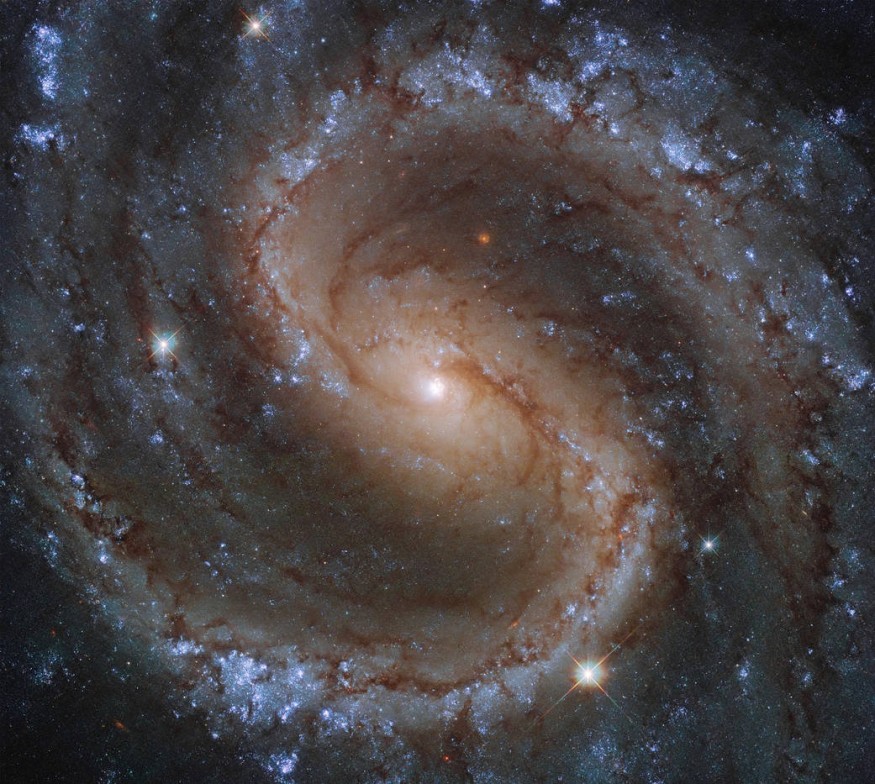A new illustration showing a head-on view of a ghostly galaxy has been released by scientists using the Hubble Space Telescope. This was the latest in a slew of stunning pictures of spiral galaxies, much like our own Milky Way.
NASA shared the picture on its website, too. NASA and ESA jointly run Hubble.
The picture of the space telescope reveals a surprising amount of detail. Young, hot stars hang out are the bright blue spots, while older and cooler stars are highlighted by the bright shades closer to the center.
In a statement, the European Space Agency said that NGC 4535 has a hazy, almost ghostly look when observed from a tiny telescope despite the unbelievable quality of this image taken from the NASA/ESA Hubble Space Telescope.
What is the 'Lost Galaxy' And Where Is It?'
NGC 4535, known as the 'Lost Galaxy,' is about 50 million light-years away and is located in the Virgo constellation. It's one of the largest galaxies in the galaxy's huge Virgo Cluster.
As part of a new survey named PHANGS, NGC 4535 is a barred spiral galaxy photographed by Hubble. The new survey is working on launching the $10 billion James Webb Space Telescope on October 31, 2021.
In 1785, William Herschel, the astronomer who found the planet Uranus, first observed NGC 4535.
What Is a Spiral Galaxy?

A spiral galaxy is one of the Universe's most common types of galaxies. With long arms full of stars, they have a swirly pattern.
Our own Milky Way is a galaxy in a spiral. Within the Orion Arm, a minor spiral arm of the Milky Way, the Solar System resides.
ALSO READ : NASA Hubble Space Telescope Detects Galaxy Moving Away From Earth at 3 Million Miles Per Hour
Why Is it Called the 'Lost Galaxy'?
It is possible to glimpse NGC 4535 via small yard lenses. Amateur astronomer Leland S. Copeland gave NGC 4535 its nickname for its ghostly and diffuse nature, writing in Sky & Telescope magazine in the 1950s.
Will the Roman Space Telescope Be More Capable Than Hubble?
For decades, the Hubble telescope has already been in space, and while it is still highly useful, it is ageing, and NASA is planning to replace it. Photos known as Hubble ultra-deep fields are one of the primary discoveries that the Hubble space telescope produces. The forthcoming Roman space telescope will be much more capable than Hubble of taking ultra-deep field images.
Astronomers claim the telescope will capture millions of galaxies through Roman observations, per Slash Gear. These include dozens that date back to only a few hundred million years since the Big Bang happened. These findings will assist studies in various science fields, including the composition and evolutionary history and the formation of stars over time.
Scientists say that the broad field of view Roman offers would change the game. In a narrow field of view, the view would allow scientists to sample not only one world but a range of conditions captured by a comprehensive view of the cosmos. Scientists hope to obtain a better sense of how star formation occurs and when it happens.
Check out more news and information on Space on Science Times.












